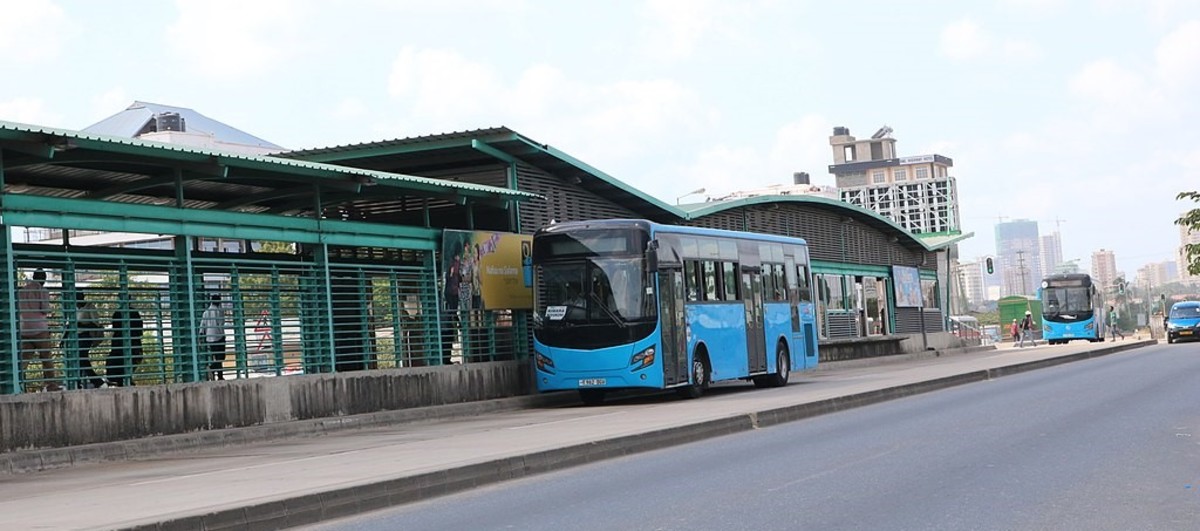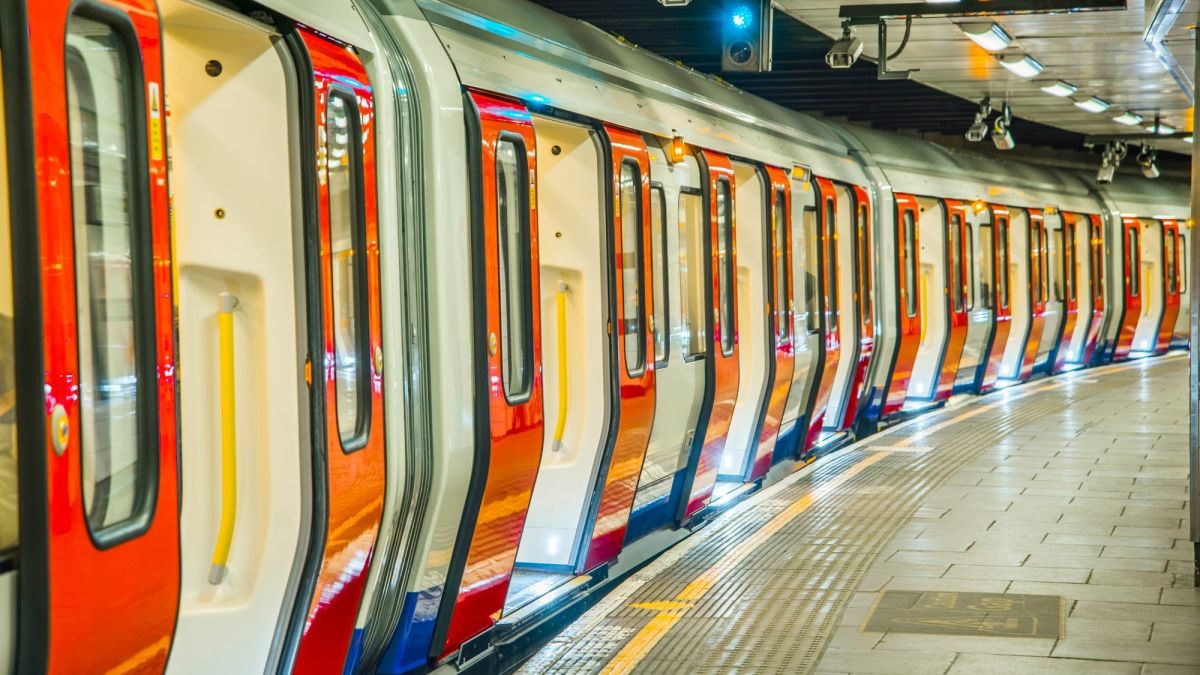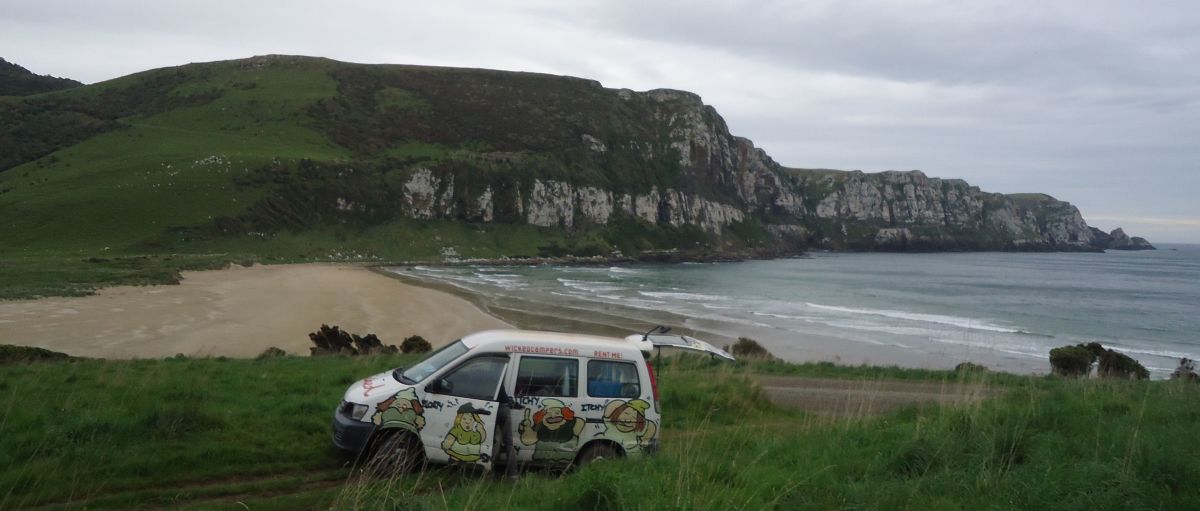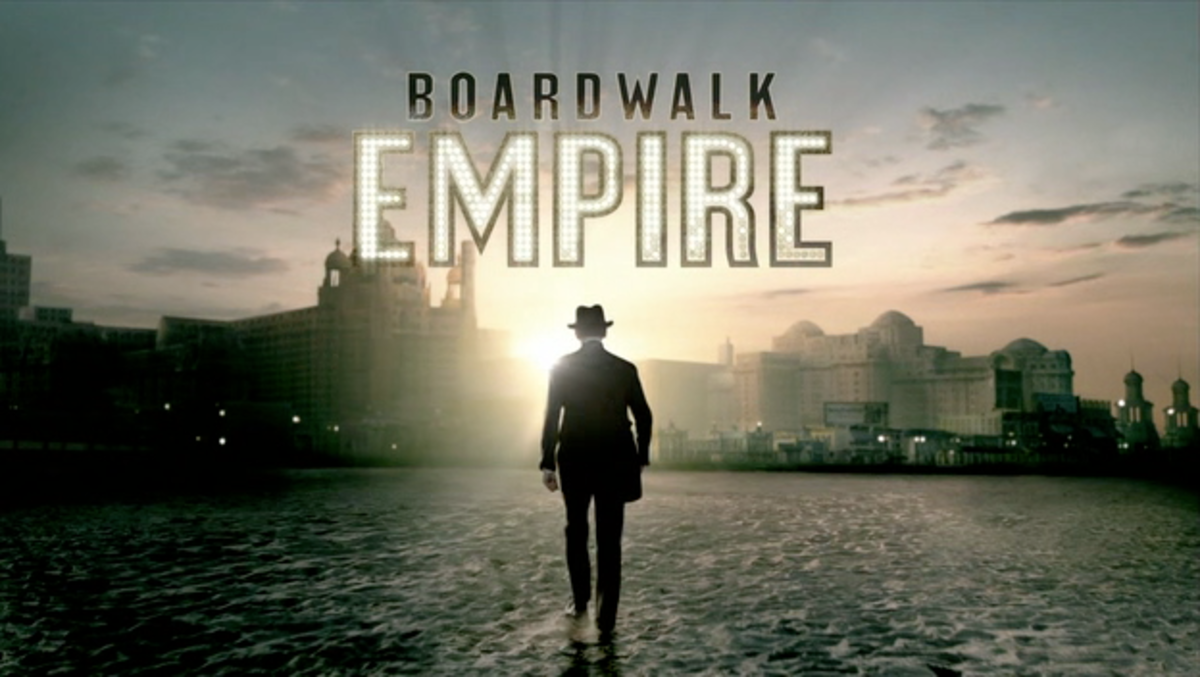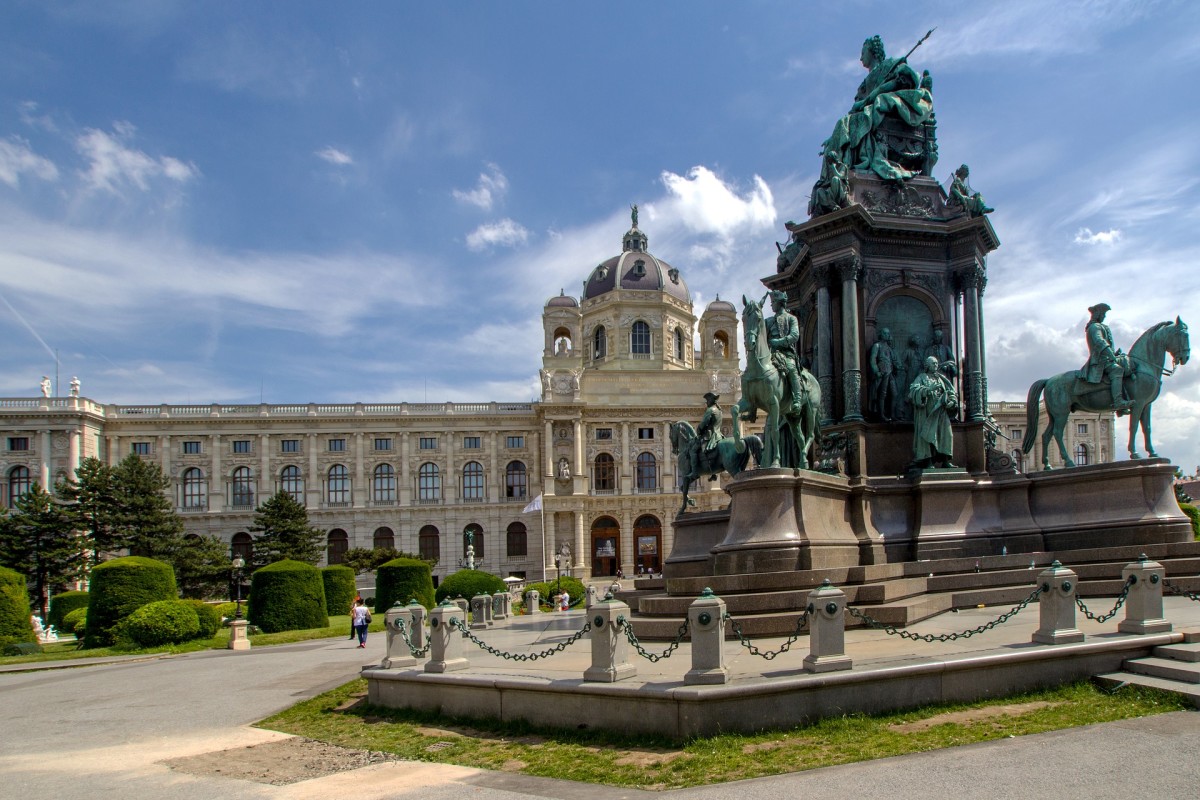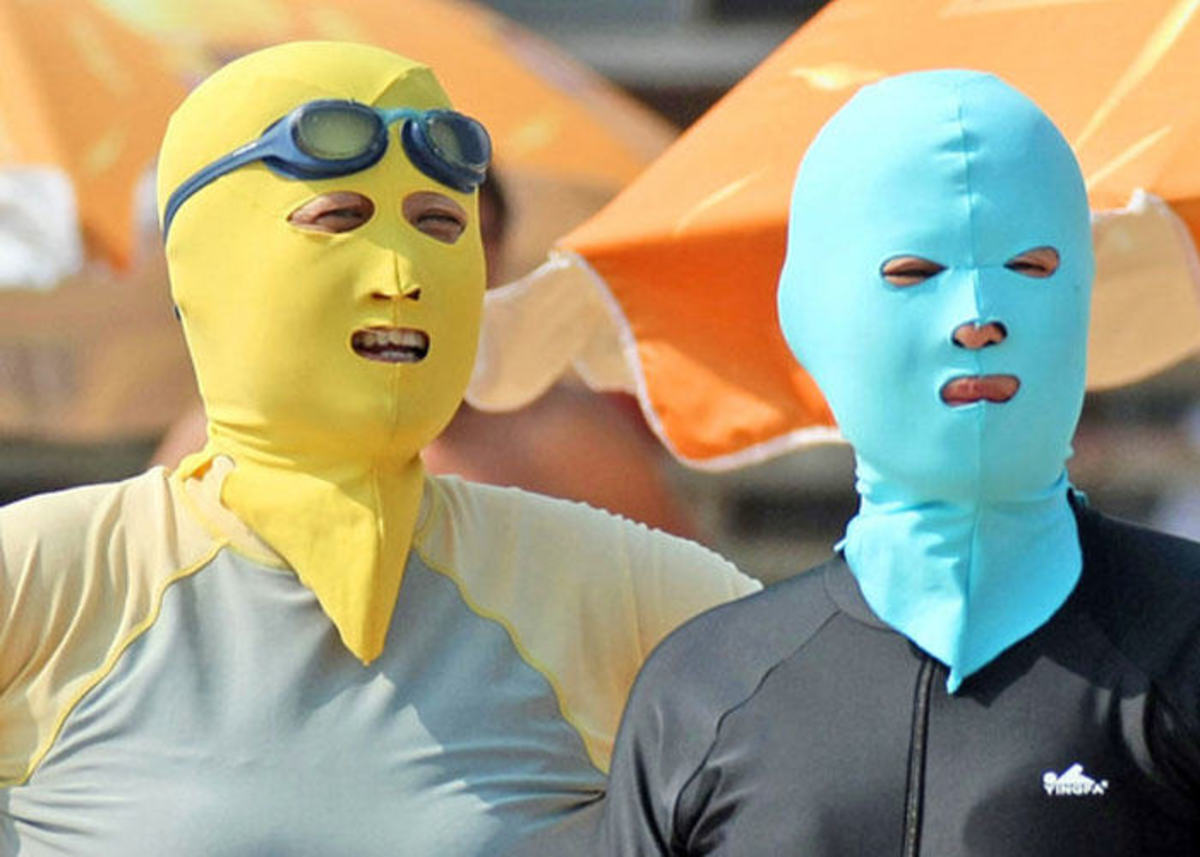Motorbike Prohibition: "Hanoi Is Not in a Hurry."
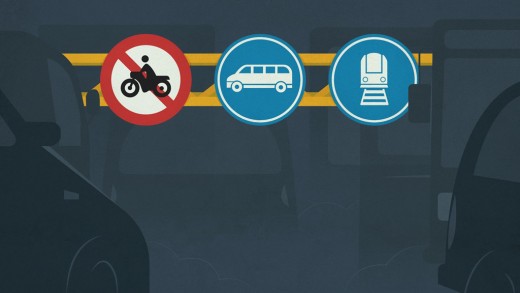
"This is the specialty of Vietnamese people", I would say from cafes along Hoan Kiem Lake at rush hour, then point down the street of people and motorbikes.
It was a familiar scenario in the last few years when I had the opportunity to welcome many friends from many countries to travel to Hanoi. When popular destinations in Southeast Asia, such as Thailand or Bali, become too popular, many foreigners start heading to Vietnam. My friends aren’t exceptions.
It seemed like there was no loophole left, but miraculously, the caravan continued to drag ahead of the amazing eyes of the foreigners. The order of chaos is probably the term that best describes the traffic situation in the capital. Hanoi transportation is actually a strange beauty for those who are not here.
But with millions of people moving on the street every day - including me - it's a process of execution rather than an enjoyable experience. Hanoi has nearly 10 million people, and the number of motorcycles is about 5 million. The Hanoi people often joke with each other that the quality of traffic has improved significantly, because 10 years ago the city had a few congestion points like the Truong Chinh or Lang streets, and now there is only one congestion point: the whole city.
The situation was so bad that the City People's Council issued a resolution to restrict and proceed to ban the use of motorcycles in the inner city by 2030. Recently, the Hanoi Department of Transportation said it would pilot a ban on motorcycles in two arterial roads Le Van Luong and Nguyen Trai.
This is a logical choice of the authorities because the two routes, in turn, have the appearance of two new forms of public transport: BRT express bus and urban railway. But if you look at the available transport capacity of the two types of vehicles and the number of people traveling on the two proposed routes that prohibit motorbikes, you can see the feasibility of the pilot is still a big question mark.
The controversy surrounding the story of eggs and chickens: If vehicles are not banned, public transport cannot operate effectively; but without an effective public transport system, vehicles cannot be banned.
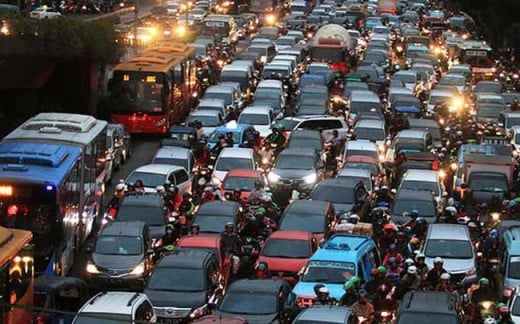
The people suffer for what?
Leaders of the Hanoi Department of Transport said that people had to "suffer" a little, have to get up early, walk farther, but in exchange for safer, and more convenient transport when public transport has been developed. The city's comforting words sound reasonable, but it makes the motorcyclists suspect at two points.
First, why only motorbikes are banned while cars are not? While cars occupy more road space, and in terms of observation, contribute to traffic congestion no less than motorbikes. In fact, the resolution has proposed to limit other personal vehicles - ie cars - by economic measures.
Secondly, will banning private vehicles make public transport infrastructure better?
On the first issue, some economists and urban experts argue that cars help stretch population density through the ability to travel far, thereby reducing traffic jams. But in order for this to happen, Hanoi must have satellite towns, allocate a reasonable working place, to avoid the amount of traffic flowing into the center during rush hours. The plans for satellite urban development, however, were not very successful.
Meanwhile, those who own cars in Hanoi do not want to go to the suburbs. They mostly live in the inner city, with more and more concentrated in high-rise apartments. It is no coincidence that the heaviest bottlenecks are intersections in front of urban areas that combine large commercial centers like Royal City (Nguyen Trai), Nguyen Chi Thanh, or Lieu Giai - Dao Tan.
When the problem of the urban structure is not resolved, motorbike ban and car priority will lead Hanoi to traffic congestion models of Jakarta (Indonesia) and Manila (Philippines). The 20-hour traffic jam event on the road connecting Jakarta with Tegal City (Indonesia) in mid-2016 caused 18 people to die due to exhaustion and fatigue when stuck in the middle of the flow describing the problem.
On the second question, people clearly have reason to doubt the capacity of public transport to replace motorbikes. Only 7 years before the pilot ban started and 10 years before implementation, Hanoi currently has only one metro line being tested with a total length of 12 km.
When Shanghai began to ban motorbikes in 2002, the city's total metro length was nearly 90 km. And the ban only affected nearly 1 million vehicles at that time. Hanoi, with 7 million motorbikes in 2020, will be a much more difficult problem with the current speed of developing public transport.
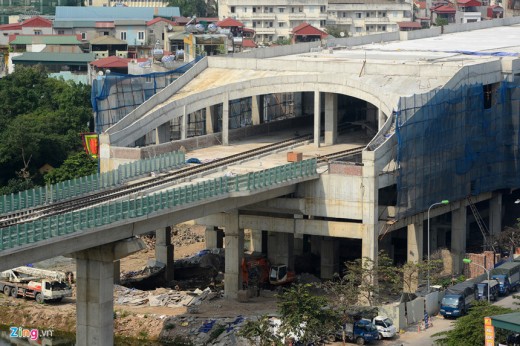
When policies avoid power people
The Hanoi boundary expanded, but the planning of the capital development toward the West was not as expected. The government failed completely when it could not relocate its agencies to the new location as planned.
According to the education network plan, schools located in urban core areas will have to reduce the training scale from 660 thousand to a maximum of 200,000 students. 13 universities are proposed to move out of the inner city. Seven suburban districts to reserve around 4 thousand hectares of land to serve students. But so far, apart from the Law Faculty of the National University transferred to Hoa Lac, and a National University building project "does not know when it will be completed", the remaining schools remain in place.
According to the health network plan, eight hospitals located in the urban core will have to be relocated. At the same time, build a new multi-functional medical complex in four suburban districts. At this time, there are hospitals that have moved but have not moved or built new ones to operate but do not return the land to the city.
Ministries also refused to relocate their headquarters according to the Government's plan. The city has several times recommended the agency to urge the ministry. But only about a dozen of the 28 ministries implemented the policy.
Schools, hospitals, and ministries for many years refused to relocate from the inner city contributed to the disaster traffic scene of the capital. And when all the old solutions were unfinished, the government was discussing a new solution: banning motorcycles.
Nguyen Trai or Le Van Luong are piloted by the Hanoi Department of Transport to ban motorcycles. Two years ago, with more than 91% of the delegates unanimously, the City People's Council also passed a resolution to manage individual vehicles, proceeding to ban motorbikes in urban districts from 2030.
Hanoi was unable to enforce the peripheral agencies, despite having black and white paper planning, written decisions and unwritten requests at higher levels. But the same kind of administrative order, with the help of law enforcement forces, could ban people from riding motorcycles in the inner city.
Motorcycle riders in Hanoi are in a weak position. There are more advanced interest groups who have the right to stand up, fight against planning, causing visible congestion. And so, the prohibition of motorbikes, regardless of scientific basis, is easy to create resentment.
People riding motorbikes are easier to control than hospital directors, university principals and ministry leaders, the reality here can be understood as such. Option A is 10 years old but cannot be implemented, so the responsibility goes to Option B, with a group of people more easily ordered.
It is possible that banning motorcycles is absolutely legitimate and must be done anyway. But that is a logical thing. In the context of "plan A" stagnating for a decade because of those in power, it forced people to adjust their livelihood plan to "plan B" in the short term, causing all logic to collapse. Only feeling unhappy.
When people avoid strong people, then find ways to satisfy needs by ordering the weak, the proper verb and the appropriate feeling of the weak, being "bullied." The Hanoi government and higher government certainly wants to do, need to do more, with anti-planning subjects, before convincing people to go along the path they have chosen.
Administrative orders which are given hastily isn’t a good solution
It must be recognized that urban transport is a problem for every large city. Even for places with excellent public transport systems, such as London or Paris, congestion - both on the road and on the subway - happens frequently.
Those who have been to the "no" motorbike city that Hanoi often names, for example, are Beijing, traffic jams are still popular in the streets of dozens of lanes. The reason I left the word "no" in quotes because Beijing did not have a gasoline-powered motorbike, but there were plenty of electric motorcycles. In fact, this type of vehicle moves like motorbikes, even more dangerous.
In order to solve the transport problem in practice, it is necessary to deal with non-traffic issues, especially population control and urban planning. Congestion is always a density problem: When there are too many people living in a limited range, the efficient transport system is just a temporary solution.
Failure in implementation not only negatively affects the authority of the government but also makes the original policy objective impossible.
I share with the worries of Hanoi's leaders because the common feeling when looking at the traffic picture of the capital is that we have to do something, as soon as possible. But as the people of the capital also said, "Hanoi is not in a hurry." The administrative order was given enthusiastically when it was not a good solution. The city government once came up with bold ideas - and failed - like "uniform" signposts on Le Trong Tan Street or wearing uniforms for the new headquarters.
More importantly, when a decision is made, it must ensure execution. At least with two pilot routes, where hundreds of nooks and crannies are located, dozens of apartment buildings lead to the main street, with a population of up to millions of people along with a huge amount of vehicles pouring in every day, ensuring telling a ban or sanction is not a simple thing.
Failure in implementation not only negatively affects the authority of the government but also makes the original policy objective impossible. A good example for Hanoi is the bad result of the BRT project.
Or farther, look at Myanmar: The state still bans, and people still use motorbikes. Arrest and punishment are only a matter of "bad luck".

